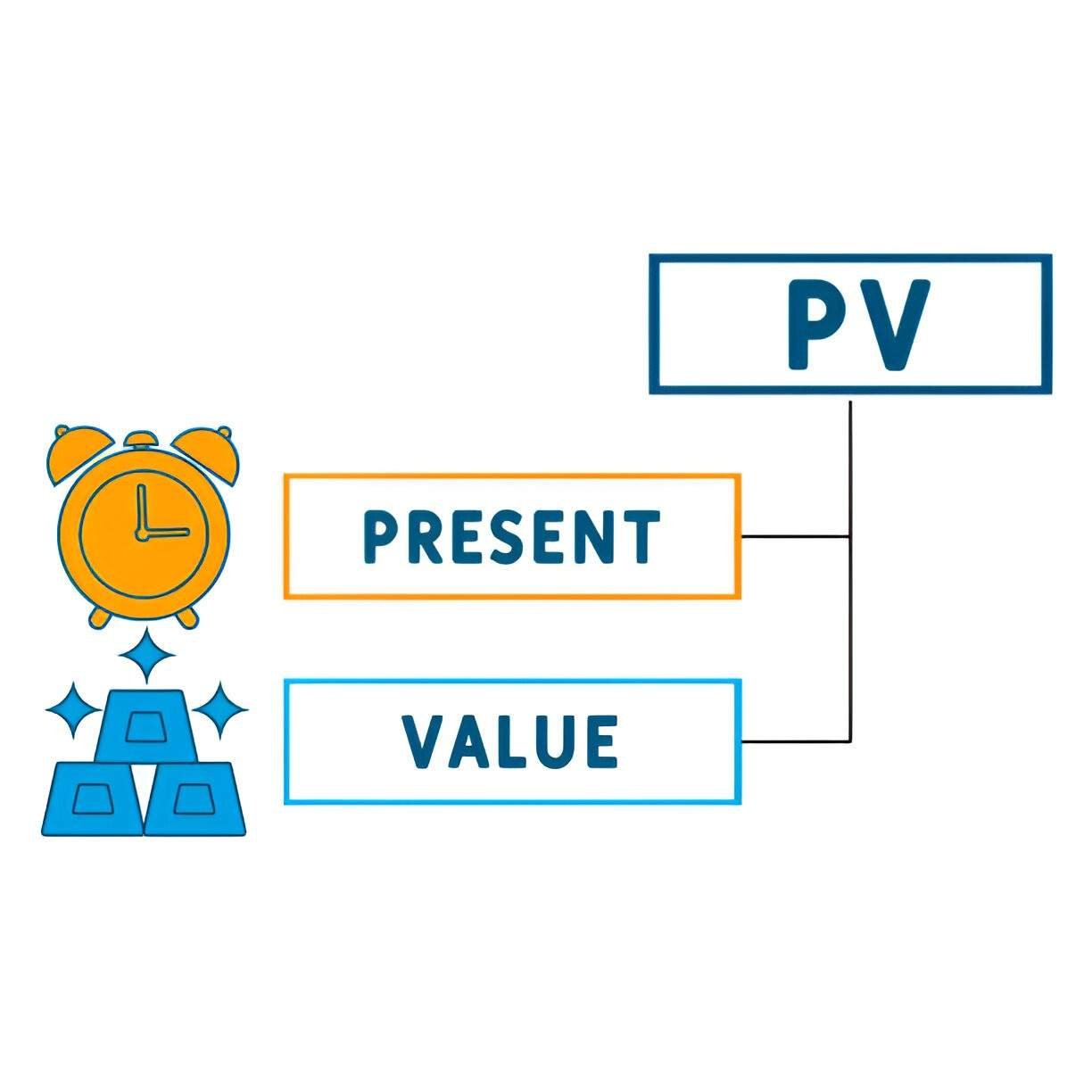As someone who has spent years analyzing financial models and investment decisions, I recognize the pivotal role present-value factors play in valuation. Whether assessing a corporate project, a retirement plan, or a bond investment, understanding how to discount future cash flows is non-negotiable. In this article, I break down present-value factors, their mathematical foundations, and real-world applications in a way that balances depth with clarity.
Table of Contents
What Are Present-Value Factors?
Present-value (PV) factors convert future cash flows into their equivalent worth today. The core idea rests on the time value of money—a dollar today is worth more than a dollar tomorrow due to its earning potential. The PV factor adjusts future amounts to reflect this principle.
The formula for the present value of a single future cash flow is:
PV = \frac{FV}{(1 + r)^n}Where:
- PV = Present Value
- FV = Future Value
- r = Discount rate (or interest rate)
- n = Number of periods
The denominator, (1 + r)^n, is the present-value factor.
Why This Matters
Ignoring PV factors leads to flawed decisions. For instance, if I compare two investment options—one paying $10,000 in five years and another paying $8,000 today—I can’t judge them fairly without discounting the future $10,000 to its present value.
Types of Present-Value Factors
Single Cash Flow PV Factor
As shown above, this applies to lump-sum amounts. Suppose I expect $15,000 in 7 years with a 5% annual discount rate. The present value is:
PV = \frac{15000}{(1 + 0.05)^7} = \frac{15000}{1.4071} \approx 10,660.37Annuity PV Factor
An annuity involves equal periodic payments. The formula for the present value of an ordinary annuity (payments at period end) is:
PV_{\text{annuity}} = P \times \frac{1 - (1 + r)^{-n}}{r}Where P is the periodic payment.
Example: If I receive $3,000 yearly for 10 years at a 6% discount rate, the PV is:
PV = 3000 \times \frac{1 - (1 + 0.06)^{-10}}{0.06} = 3000 \times 7.3601 \approx 22,080.30Perpetuity PV Factor
A perpetuity is an infinite annuity. Its present value is:
PV_{\text{perpetuity}} = \frac{P}{r}For instance, a $2,000 annual perpetuity at a 4% discount rate has a PV of:
PV = \frac{2000}{0.04} = 50,000The Role of Discount Rates
The discount rate (r) is subjective and varies by context:
| Scenario | Typical Discount Rate |
|---|---|
| Risk-free government bonds | 2% – 3% |
| Corporate projects | 8% – 12% |
| Venture capital | 15% – 30% |
A higher discount rate reduces present value, reflecting greater risk or opportunity cost.
Present-Value Factor Tables
Before calculators, PV factor tables simplified computations. Below is an excerpt:
| Period (n) | 1% | 5% | 10% |
|---|---|---|---|
| 1 | 0.9901 | 0.9524 | 0.9091 |
| 5 | 0.9515 | 0.7835 | 0.6209 |
| 10 | 0.9053 | 0.6139 | 0.3855 |
To find the PV of $5,000 in 5 years at 5%, I multiply $5,000 by 0.7835, yielding $3,917.50.
Applications in Real-World Finance
Capital Budgeting
Businesses use PV factors to evaluate projects. Suppose a company considers a $100,000 investment with expected cash flows of $30,000 annually for 5 years. At a 10% discount rate:
PV = 30000 \times \frac{1 - (1 + 0.10)^{-5}}{0.10} = 30000 \times 3.7908 \approx 113,724Since $113,724 > $100,000, the project is viable.
Loan Amortization
When I take a mortgage, the bank calculates my monthly payments using annuity PV factors. For a $200,000 loan at 4% over 30 years:
P = \frac{200000}{\frac{1 - (1 + \frac{0.04}{12})^{-360}}{\frac{0.04}{12}}} \approx 954.83Retirement Planning
PV factors help determine how much I need to save today to meet future income needs. If I want $40,000 annually for 20 years in retirement, assuming a 5% return:
PV = 40000 \times \frac{1 - (1 + 0.05)^{-20}}{0.05} \approx 498,488Common Missteps and How to Avoid Them
Ignoring Inflation
Nominal discount rates must account for inflation. If inflation is 2% and my required return is 7%, the real discount rate is roughly:
r_{\text{real}} \approx 0.07 - 0.02 = 0.05Misapplying Annuity Factors
Annuity due (payments at the start of each period) requires adjusting the ordinary annuity factor:
PV_{\text{annuity due}} = P \times \left(\frac{1 - (1 + r)^{-n}}{r}\right) \times (1 + r)Advanced Considerations
Continuous Compounding
For continuous compounding, the PV factor becomes:
PV = FV \times e^{-r \times n}Where e is Euler’s number (~2.71828).
Variable Discount Rates
If discount rates change over time, I must discount each cash flow separately:
PV = \sum_{t=1}^{n} \frac{CF_t}{(1 + r_t)^t}Final Thoughts
Present-value factors are the bedrock of financial decision-making. Whether I’m evaluating an investment, planning for retirement, or analyzing a business project, mastering these concepts ensures I make informed, rational choices. The math may seem daunting, but with practice, it becomes second nature. By internalizing these principles, I position myself to navigate financial complexities with confidence.





